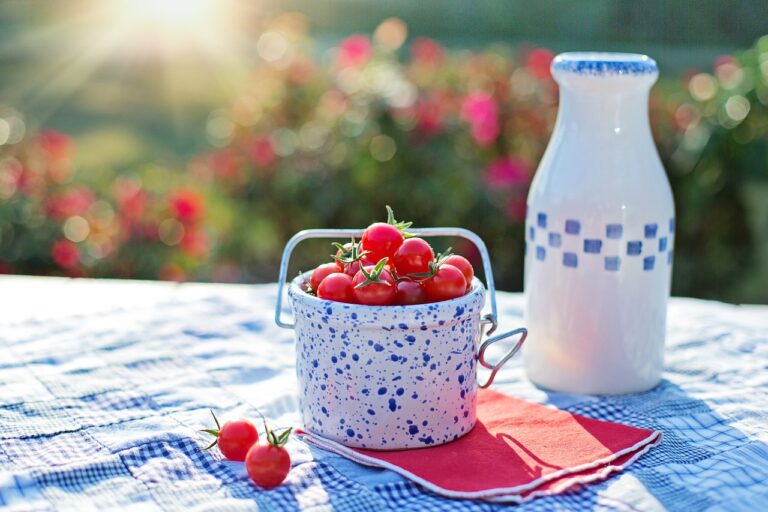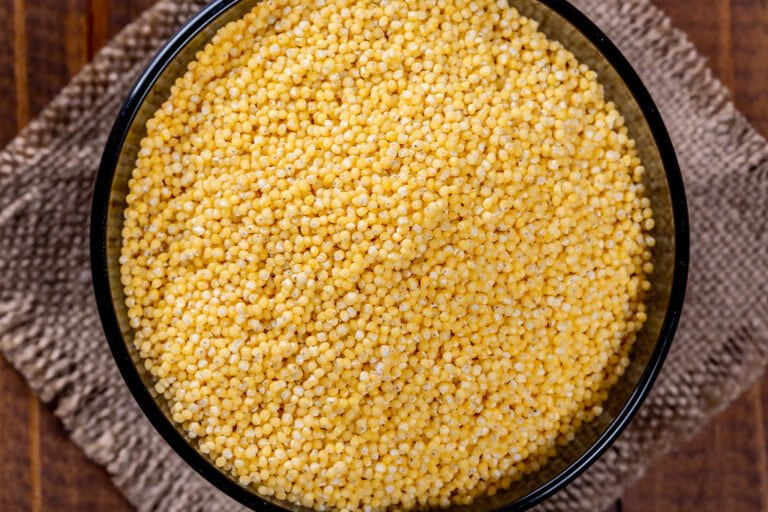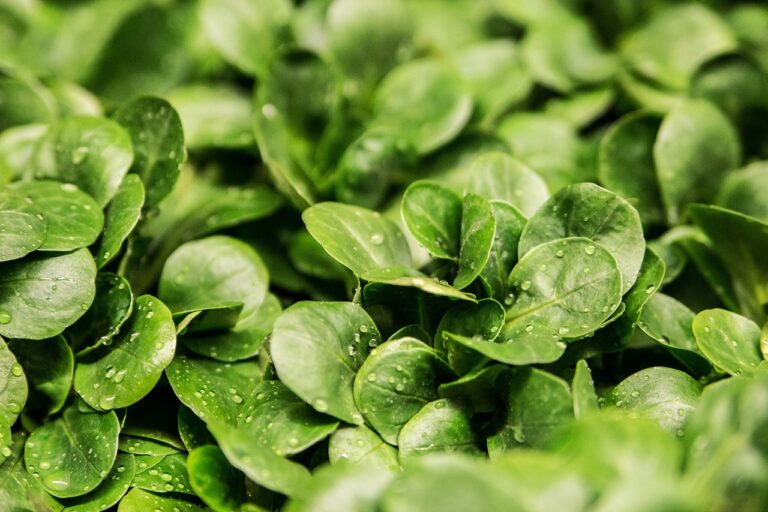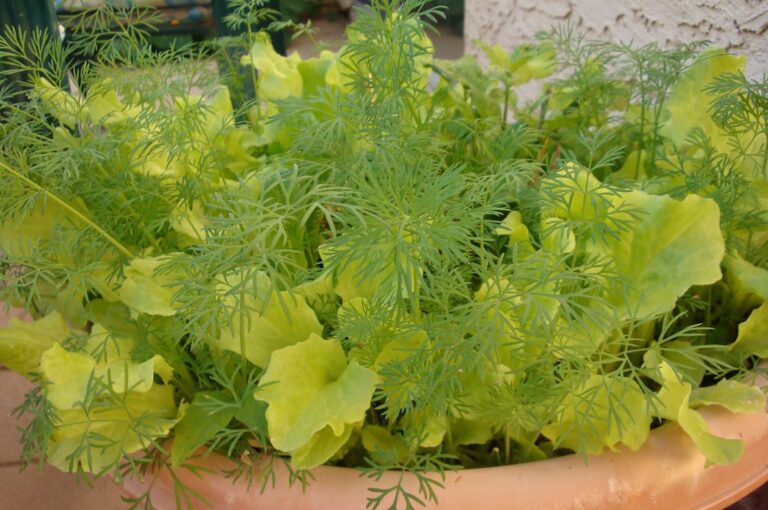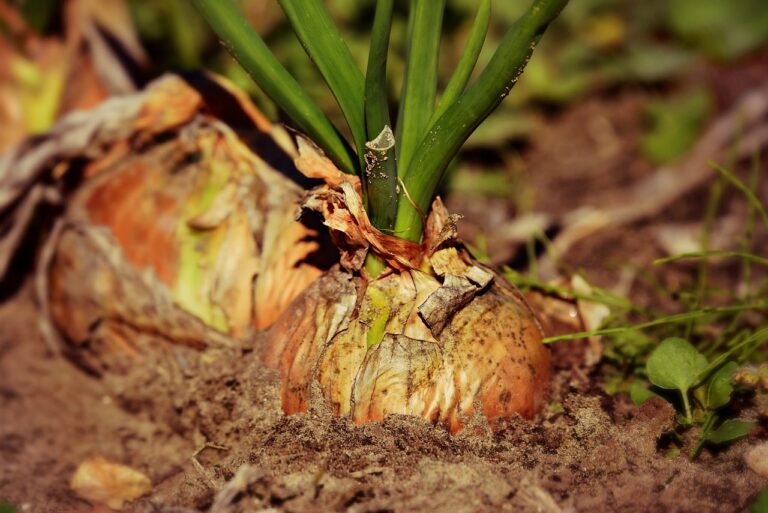A Step-By-Step Guide to Growing Cherry Tomatoes From Seeds
Growing cherry tomatoes from seeds is an exciting endeavor that requires careful planning and attention to detail for a successful harvest. To begin, choose seeds based on taste, size, and growth characteristics, opting for open-pollinated or heirloom varieties. Start seeds indoors about 6-8 weeks before the final spring frost for best germination rates. Select a deep container with good drainage, fill it with well-draining potting soil, and plant the seeds at a depth of 1/4 inch. Make sure the seedlings receive 6-8 hours of direct sunlight daily, provide consistent watering, good air circulation, and balanced feeding. Finally, acclimate the seedlings gradually to outdoor conditions for successful growth. Growing cherry tomatoes from seeds involves several key steps for a fruitful outcome.
Seed Selection and Timing
When choosing cherry tomato seeds for planting, it is important to take into consideration factors like taste, dimensions, and growth tendencies to guarantee a successful harvest. Opting for open-pollinated or heirloom varieties guarantees a diverse range of characteristics that can enhance your gardening experience. These types of seeds are known for their rich flavors, varying sizes, and unique growth habits, making them a popular choice among gardeners.
Considering the timing for seed selection is essential. Start cherry tomato seeds indoors about 6-8 weeks before the last spring frost in your region. This timeframe allows the seeds to germinate and grow into healthy seedlings ready for transplanting into your garden or containers. Be mindful of the germination rates and seedling growth tendencies of the cherry tomato seeds you choose. High germination rates indicate the viability of the seeds, while understanding the speed of seedling growth helps you plan for the care they will need.
To guarantee the quality of your seeds, always purchase them from reputable sources. Reliable seed suppliers offer seeds that are more likely to germinate well and produce healthy plants. By investing in quality seeds and selecting the right timing for planting, you set a strong foundation for a successful cherry tomato harvest.
Proper Container and Soil Preparation
For successful growth of cherry tomatoes from seeds, start by selecting a pot that is at least 12 inches deep and 12-18 inches in diameter. Choosing a pot with good drainage holes is essential to prevent waterlogging, ensuring healthy root development for your cherry tomato plants. Opt for well-draining potting soil that is rich in organic matter to provide the necessary nutrients for best seedling growth. It is important to avoid using garden soil, as it can lead to pest and disease issues that may harm your cherry tomato plants.
To create an ideal growing environment, consider using a potting mix that consists of peat moss, perlite, and compost. This combination promotes proper soil structure, aids in moisture retention, and supports the healthy development of your cherry tomato plants. The peat moss retains moisture, perlite improves drainage, and compost enriches the soil with essential nutrients, fostering strong growth.
Optimal Planting Depth and Light Exposure
To guarantee successful growth of cherry tomato seeds, planting them at a depth of about 1/4 inch in the potting soil is essential for best germination and subsequent development. Here’s how to make sure your cherry tomato seeds get the right start:
- Planting Depth: Sow your tomato seeds at a depth of approximately 1/4 inch in the potting soil. This depth provides the seeds with the ideal environment for germination, allowing them to access the necessary moisture and nutrients for healthy growth.
- Light Exposure: Cherry tomato seedlings require 6-8 hours of direct sunlight daily to thrive. Direct sunlight is vital for photosynthesis, which fuels the growth and development of the plants. Adequate light exposure helps in the production of sturdy stems and lush foliage, setting the stage for a bountiful harvest.
- Healthy Growth: Insufficient light can lead to leggy seedlings that are weak and prone to diseases like damping off. By making sure your cherry tomato seedlings receive the right amount of light, you are promoting healthy growth and laying the foundation for robust plants capable of bearing plentiful fruits.
Essential Care: Watering, Air Circulation, and Feeding
Ensuring the proper care of cherry tomato plants through adequate watering, air circulation, and feeding is essential for fostering robust growth and maximizing fruit production. When it comes to watering, it’s vital to provide deep and regular watering to keep the soil consistently moist without becoming waterlogged. This practice encourages healthy root development and overall plant growth. Monitoring soil moisture levels is key; adjust watering based on factors like weather conditions and plant size to prevent issues such as root rot.
Proper air circulation is equally important for the health of cherry tomato plants. Ensure adequate spacing between plants to allow for good air movement, which helps reduce the risk of diseases like blight and fungal infections. Overcrowding can lead to increased humidity levels around the plants, creating an environment conducive to disease.
Feeding your cherry tomato plants with a balanced fertilizer formulated for tomatoes is essential for providing them with the nutrients they need for maximum growth and fruit production. Follow the instructions on the fertilizer package to ensure you’re giving your plants the right amount of nutrients.
Hardening Off and Successful Seedling Growth
Gradually acclimate your seedlings to outdoor conditions over 5-7 days to guarantee successful hardening off and promote robust growth. This essential step guarantees that your young plants adjust well to the fluctuations in temperature, wind, and sunlight they will encounter outside. Here are three essential tips for hardening off and ensuring successful seedling growth:
- Monitor Soil Moisture: Consistent soil moisture is key to supporting healthy root development. Check the moisture levels regularly and water your seedlings as needed, ensuring the soil is damp but not waterlogged.
- Adjust Light Exposure: Proper light exposure is crucial for sturdy growth. Keep an eye on your seedlings to prevent leggy or weak stems, adjusting their placement to receive adequate sunlight without scorching them.
- Remove Plastic Domes: If you used clear plastic domes for germination, remember to remove them once the seeds sprout. This allows for proper air circulation around the seedlings and prevents the buildup of excess humidity that could lead to mold or disease.

